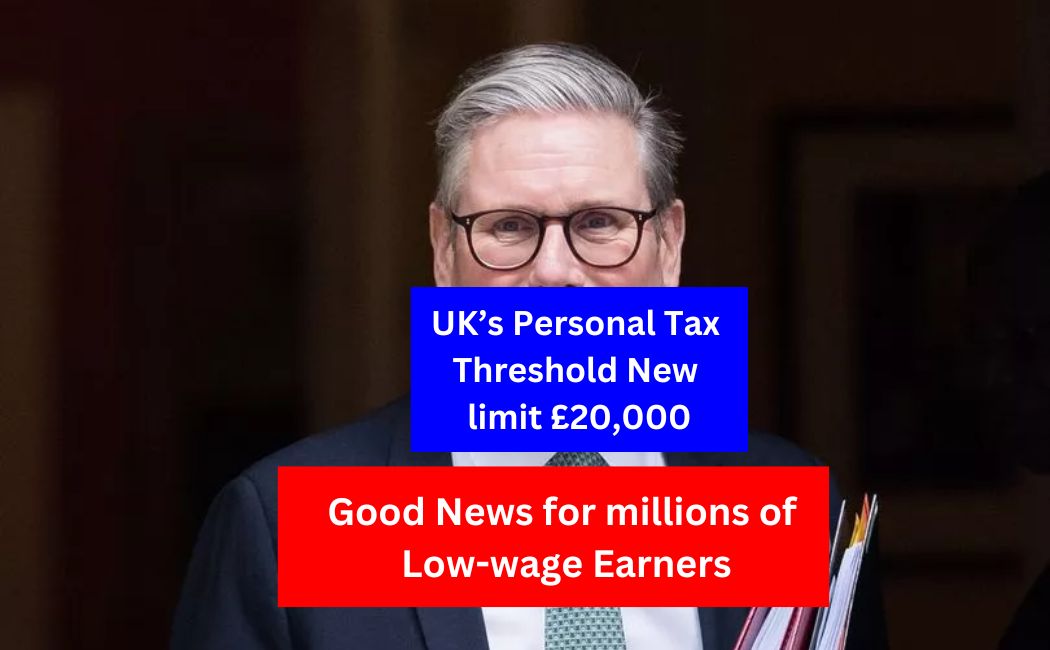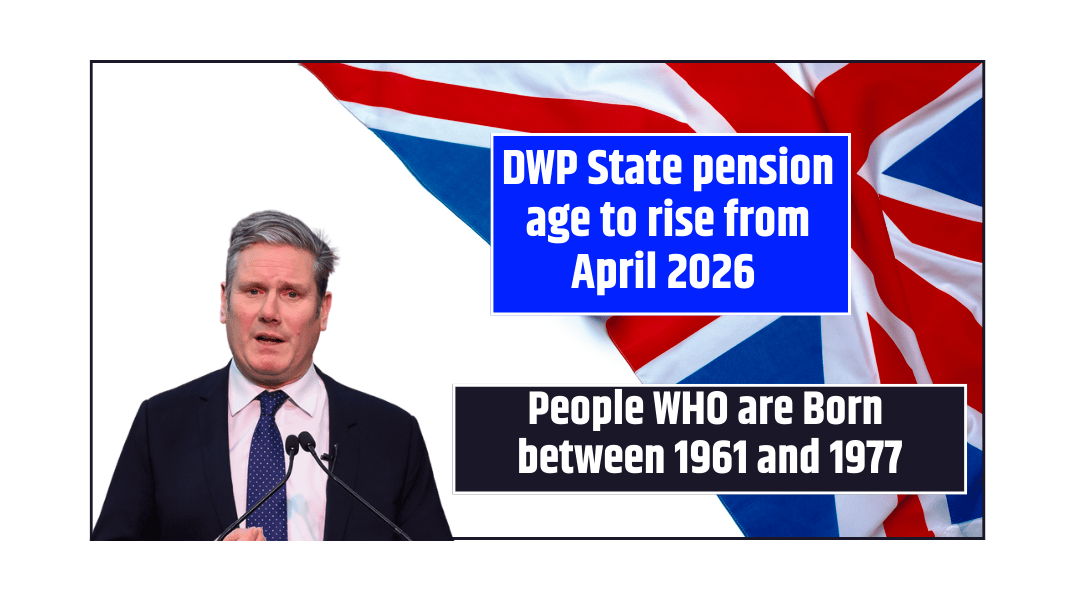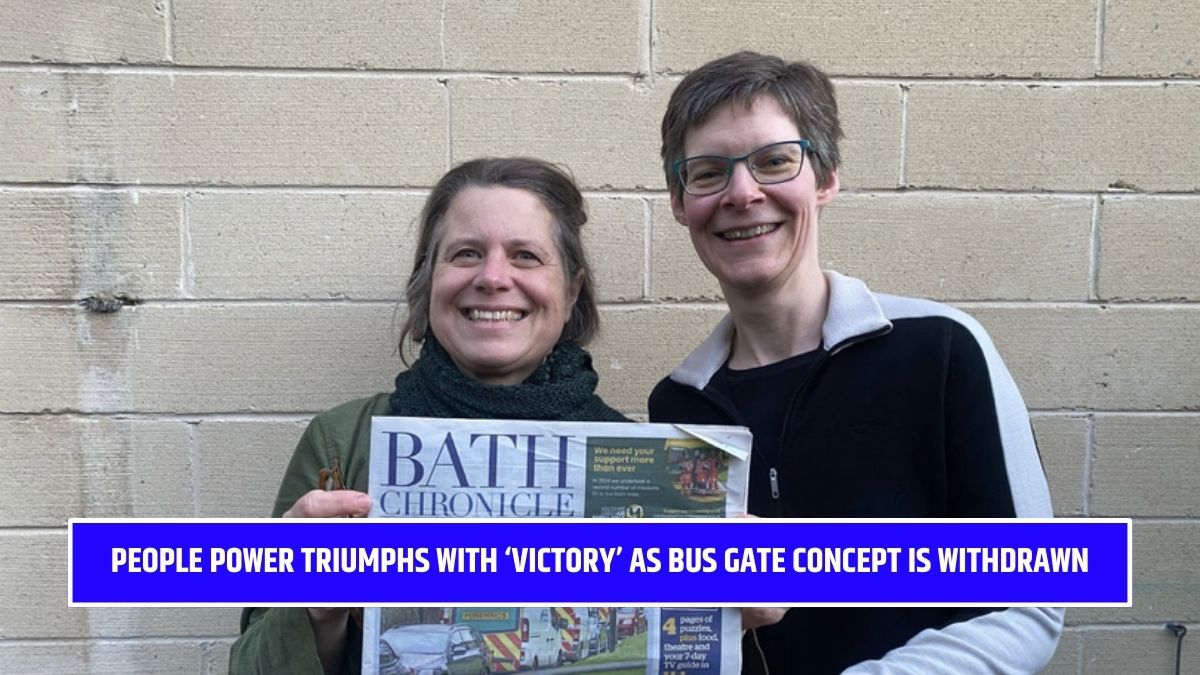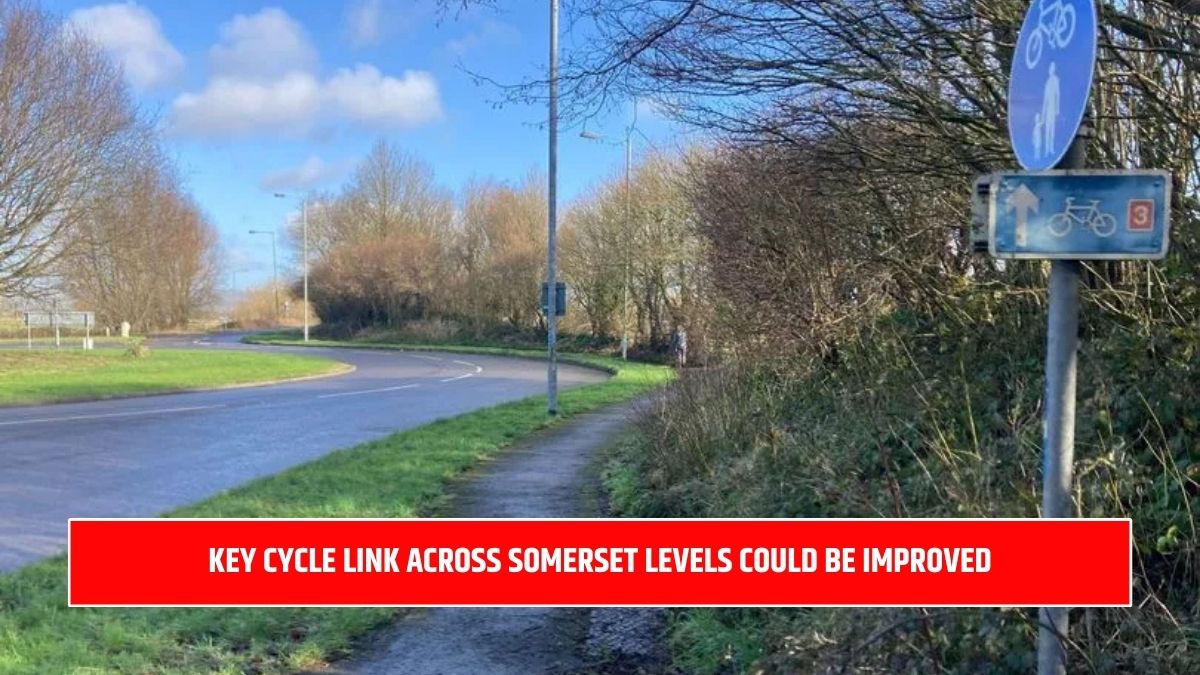The Department for Work and Pensions (DWP) has significantly increased the number of home visits for individuals applying for Universal Credit. This move is part of a larger effort to transition claimants from outdated legacy benefits to the modern Universal Credit system. The visits are designed to offer additional support, especially to vulnerable individuals who may struggle with the application process. Here’s a detailed look at what’s happening and why it matters.
DWP Doubles Home Visits for Universal Credit Applications
The DWP has ramped up its home visit operations, now conducting 30,000 visits each month—double the previous 15,000. Neil Couling, Director General for Fraud, Disability, and Health at the DWP, confirmed this increase as part of the department’s ongoing efforts to simplify the benefits transition process. Additionally, the number of officers handling these visits has grown from 350 to 700.
Why Are These Home Visits Happening?
The primary goal of these visits is to assist claimants transitioning from older benefits to Universal Credit. Home visits are scheduled in cases where individuals haven’t responded to their migration notice or need extra help with the application process.
The benefits being phased out, known as legacy benefits, include:
- Housing Benefit
- Income-related Employment and Support Allowance (ESA)
- Income-based Jobseeker’s Allowance (JSA)
- Child Tax Credit
- Working Tax Credit
- Income Support
Understanding the Managed Migration Process
The shift to Universal Credit follows a process called Managed Migration, which happens in phases. When it’s time for a claimant to move, they receive a Migration Notice by post. This notice gives them three months to apply for Universal Credit. If the claim isn’t submitted within this timeframe, their existing benefits will stop.
The DWP has reassured claimants that benefits won’t be cut off without multiple attempts to reach out and provide support.
Enhanced Support for ESA Claimants
The DWP is paying special attention to individuals receiving Employment Support Allowance (ESA), particularly since many of these claimants have health challenges that limit their ability to work.
- As of November 2024, around 800,000 people were on ESA.
- Nearly 69,000 ESA claimants have already received enhanced support.
- This support includes home visits and personalized assistance during the application process.
If someone hasn’t applied for Universal Credit within 12 weeks of receiving their notice, the DWP automatically provides enhanced support to help them complete the process.
How Are Home Visits Scheduled?
When a home visit is necessary, the DWP Visiting Team will call the claimant to schedule the visit and explain what to expect. They’ll also send a confirmation letter, unless the visit is on short notice. In such cases, the visit might occur before the letter arrives.
Government’s Next Steps and Innovations
Social Security and Disabilities Minister Sir Stephen Timms recently discussed new strategies with MPs. The DWP is experimenting with deploying visiting officers not just to homes but also to community locations where they can assist more claimants efficiently.
Neil Couling emphasized the importance of these visits, stating:
“We must do everything we can to ensure that vulnerable claimants, especially those on ESA, can safely transition to Universal Credit.”
The DWP’s decision to increase home visits reflects its commitment to helping vulnerable individuals navigate the Universal Credit system. By doubling the number of visits and officers, the department aims to make the transition smoother, ensuring no one is left without the support they need. As the migration process continues, claimants can expect more personalized assistance and proactive communication from the DWP.
| Visit for More News and Updates | WSOA NEWS |
FAQ’s
Why has the DWP increased home visits for Universal Credit claims?
The DWP has doubled home visits to help claimants, especially vulnerable individuals, transition smoothly from legacy benefits to Universal Credit.
What are legacy benefits?
Legacy benefits include Housing Benefit, Income-related ESA, Income-based JSA, Child Tax Credit, Working Tax Credit, and Income Support.
How does the managed migration process work?
Claimants receive a Migration Notice by post, giving them three months to apply for Universal Credit. If they miss this deadline, benefits stop, but additional support is available.
What is enhanced support for ESA claimants?
Enhanced support includes home visits and personalized assistance for ESA claimants who need extra help during the application process.
How will I know if I have a home visit scheduled?
The DWP Visiting Team will call to schedule the visit and send a confirmation letter with details on what to expect.














